Effect of the Strain Rate on the Damping and Mechanical Properties of a ZK60 Magnesium Alloy
Abstract
:1. Introduction
2. Experimental Methods
3. Results and Discussion
3.1. Effect of Homogenization on ZK60 Magnesium Alloy
3.2. Microstructure of the Alloy after HSRR
3.3. Tensile Properties of the Alloy after HSRR
3.4. Damping Capacity of the Alloy after HSRR
4. Conclusions
Author Contributions
Funding
Conflicts of Interest
References
- Zhang, J.; Liu, C.; Zhu, X.R.; Zhou, H.T. Effects of Hot rolling and subsequent annealing on the microstructures and properties of Mg-Zr damping alloys. Heat Treat. Met. 2006, 31, 35–39. [Google Scholar]
- Wu, W.Y.; Wu, K.; Deng, K.K.; Nie, K.B.; Wang, X.J.; Zheng, M.Y.; Hu, X.S. Damping capacities and microstructures of magnesium matrix composites reinforced by graphite particles. Mater. Des. 2010, 31, 4862–4865. [Google Scholar] [CrossRef]
- Zang, Q.H.; Chen, H.M.; Zhang, J.; Cho, J.H.; Jin, X.Y.; Shi, Y.K. Effect of hot rolling on microstructure and damping capacity of Twin Roll Cast ZK60 alloy. Mater. Res. Innov. 2015, 19, S102–S105. [Google Scholar] [CrossRef] [Green Version]
- Zhao, D.; Chen, X.H.; Ye, J.L.; Chen, T.; Dai, Y.; Liu, C.Q.; Luo, Z.; Gao, S.Q.; Zhang, J.; Yao, J.H.; et al. Simultaneously improving elastic modulus and damping capacity of extruded Mg-Gd-Y-Zn-Mn alloy via alloying with Si. J. Alloys Compd. 2019, 810, 151857. [Google Scholar] [CrossRef]
- Jiang, J.M.; Wu, J.; Ni, S.; Yan, H.G.; Song, M. Improving the mechanical properties of a ZM61 magnesium alloy by prerolling and high strain rate rolling. Mater. Sci. Eng. A 2018, 712, 478–484. [Google Scholar] [CrossRef]
- El-Morsy, A.-W.; Farahat, A.I.Z. Effect of aging treatment on the damping capacity and mechanical properties of Mg-6Al-1Zn alloy. Sci. World J. 2015, 1–8. [Google Scholar] [CrossRef]
- Niu, R.L.; Yan, F.J.; Wang, Y.S.; Duan, D.P.; Yang, X.M. Effect of Zr content on damping property of Mg–Zr binary alloys. Mater. Sci. Eng. A 2018, 718, 418–426. [Google Scholar] [CrossRef]
- Chen, C.; Chen, J.H.; Yan, H.G.; Su, B.; Song, M.; Zhu, S.Q. Dynamic precipitation, microstructure and mechanical properties of Mg-5Zn-1Mn alloy sheets prepared by high strain-rate rolling. Mater. Des. 2016, 100, 58–66. [Google Scholar] [CrossRef]
- Yu, H.Y.; Yan, H.G.; Chen, J.H.; Su, B.; Zhen, Y.J.; Shen, Y.J.; Ma, Z.J. Effects of minor Gd addition on microstructures and mechanical properties of the high strain-rate rolled Mg-Zn-Zr alloys. J. Alloys Compd. 2014, 586, 757–765. [Google Scholar] [CrossRef]
- Zhu, S.Q.; Yan, H.G.; Chen, J.H.; Wu, Y.Z.; Liu, J.Z.; Tian, J. Effect of twinning and dynamic recrystallization on the high strain rate rolling process. Scr. Mater. 2010, 63, 985–988. [Google Scholar] [CrossRef]
- Zhu, S.Q.; Yan, H.G.; Chen, J.H.; Wu, Y.Z.; Su, B.; Du, Y.G.; Liao, X.Z. Feasibility of high strain-rate rolling of a magnesium alloy across a wide temperature range. Scr. Mater. 2012, 67, 404–407. [Google Scholar] [CrossRef]
- Granato, A.; Lücke, K. Theory of Mechanical Damping Due to Dislocations. J. Appl. Phys. 2004, 27, 583–593. [Google Scholar] [CrossRef]
- Zhou, H.; Wang, J.F.; Pan, F.S.; Xu, D.D.; Tang, A.T.; Liang, H. Influence of rolling on internal friction peak of Mg-3Cu-1Mn alloy. Trans. Nonferrous Met. Soc. China 2013, 23, 1610–1616. [Google Scholar] [CrossRef]
- Liao, L.H.; Zhang, X.Q.; Wang, H.W.; Li, X.F.; Ma, N.H. The characteristic of damping peak in Mg–9Al–Si Alloys. J. Alloys Compd. 2007, 429, 163–166. [Google Scholar] [CrossRef]
- Yuan, J.W.; Li, T.; Zhang, K.; Li, M.; Li, X.G.; Li, Y.J.; Ma, M.L.; Shi, G.L. Effect of Zn content on the microstructures, mechanical properties, and damping capacities of Mg–7Gd–3Y–1Nd–0.5Zr based alloys. J. Alloys Compd. 2019, 773, 919–926. [Google Scholar] [CrossRef]
- Tang, Y.T.; Zhang, C.; Ren, L.B.; Yang, W.; Yin, D.D.; Huang, G.H.; Zhou, H.; Zhang, Y.B. Effects of Y content and temperature on the damping capacity of extruded Mg-Y sheets. J. Magnes. Alloys 2019, 7, 522–528. [Google Scholar] [CrossRef]
- Su, J.; Sanjari, M.; Kabir, A.S.H.; Jung, I.-H.; Jonas, J.J.; Yue, S.; Utsunomiya, H. Characteristics of magnesium AZ31 alloys subjected to high speed rolling. Mater. Sci. Eng. A 2015, 636, 582–592. [Google Scholar] [CrossRef]
- Hall, E.O. The Deformation and aging of mild Steel:Ⅲ Discussion of Results. Proc. Phys. Soc. B 1951, 64, 747–753. [Google Scholar] [CrossRef]
- Petch, N.J. The cleavage strength of polycrystals. J. Iron Steel Inst. 1951, 174, 25–28. [Google Scholar]
- Wang, J.F.; Li, S.; Wu, Z.S.; Wang, H.B.; Gao, S.Q.; Pan, F.S. Microstructure evolution, damping capacities and mechanical properties of novel Mg-xAl-0.5Ce (wt%) damping alloys. J. Alloys Compd. 2017, 729, 545–555. [Google Scholar] [CrossRef]
- Kong, Q.P.; Fang, Q.F.; Jiang, W.P.; Cui, P. Progress in the Investigations of Grain Boundary Internal Friction. Prog. Phys. 2016, 36, 46–63. [Google Scholar]
- Wang, D.Q.; Wang, J.C. Internal friction peaks in Mg-0.6% Zr and Mg-Ni high damping magnesium alloys. Rare Met. Mater. Eng. 2017, 46, 2790–2793. [Google Scholar]
- Wu, Y.W.; Wu, K.; Deng, K.K.; Nie, K.B.; Wang, X.J.; Hu, X.S.; Zheng, M.Y. Damping capacities and tensile properties of magnesium matrix composites reinforced by graphite particles. Mater. Sci. Eng. A 2010, 527, 6816–6821. [Google Scholar] [CrossRef]
- Wang, S.C. Effect of Rolling Process on Damping Capacity and Mechanical Properties of Mg-3%Al Ally [D]; Harbin Institute of Technology: Harbin, China, 2009; pp. 46–56. [Google Scholar]
- Ma, C.J.; Zhang, D.; Qin, J.N.; Ding, W.J. Research on damping capacity of Mg-Li-Al alloys. J. Mater. Eng. 2001, 15–16. [Google Scholar]
- Zhang, Y.J.; Ma, N.H.; Wang, H.W.; Li, X.F. Study on damping behavior of A356 alloy after grain refinement. Mater. Des. 2008, 29, 706–708. [Google Scholar] [CrossRef]
- Deng, K.K.; Li, J.C.; Nie, K.B.; Wang, X.J.; Fan, J.F. High temperature damping behavior of as-deformed Mg matrix influenced by micron and submicron SiCp. Mater. Sci. Eng. A 2015, 624, 62–70. [Google Scholar] [CrossRef]
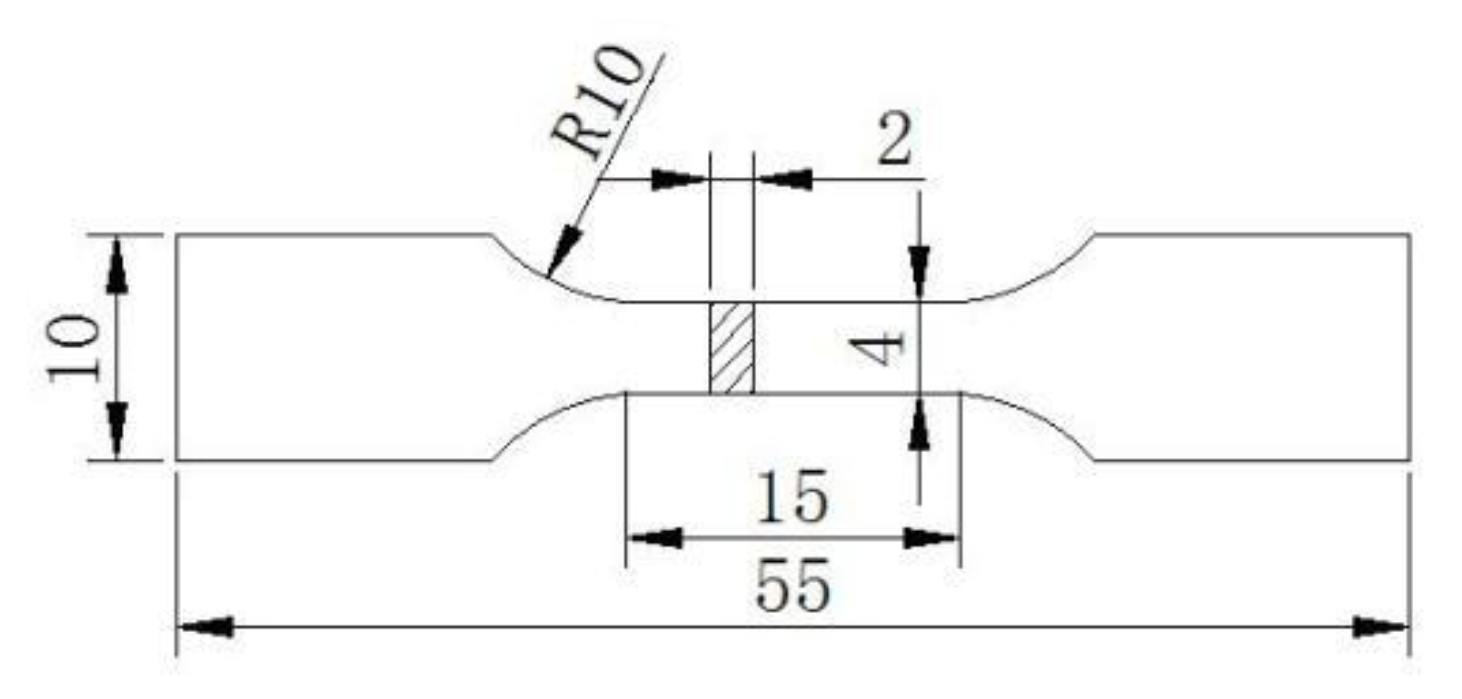
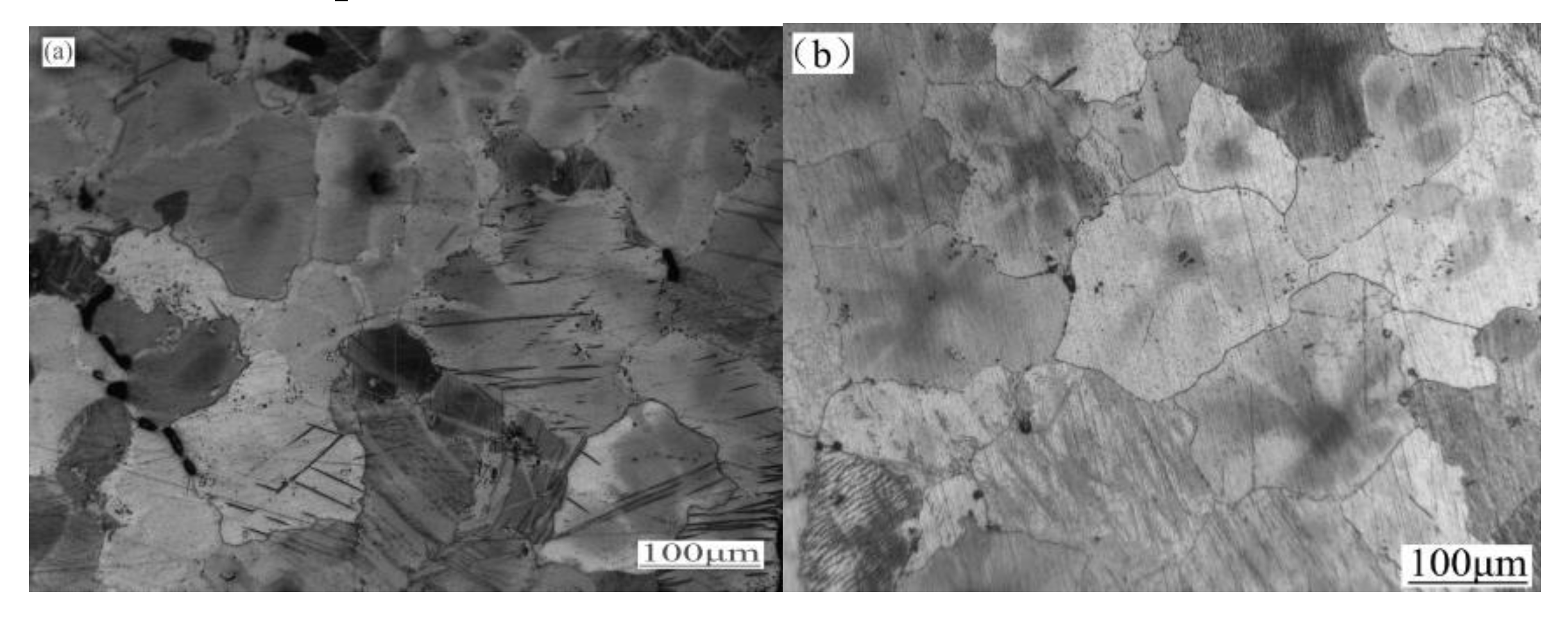

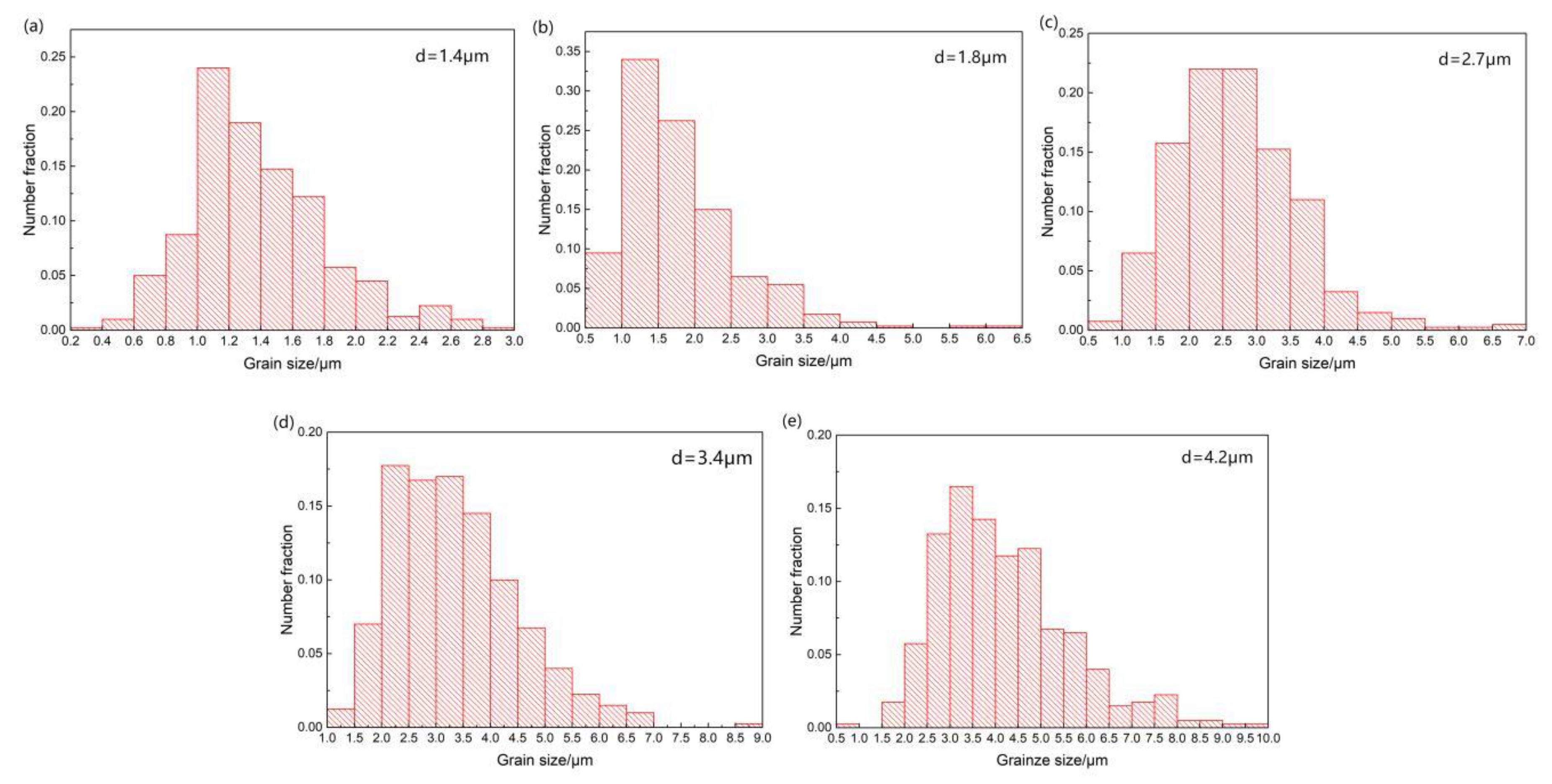

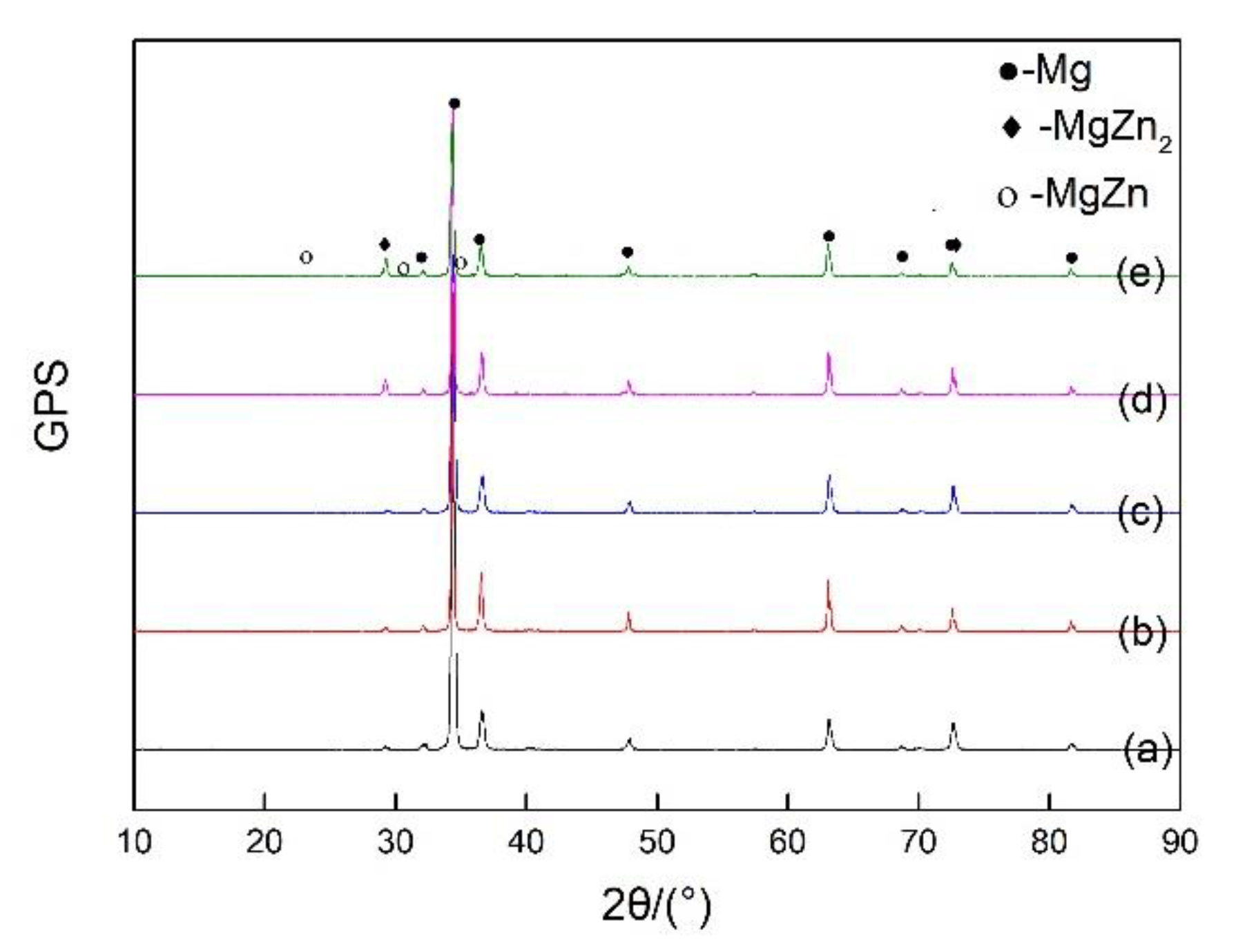
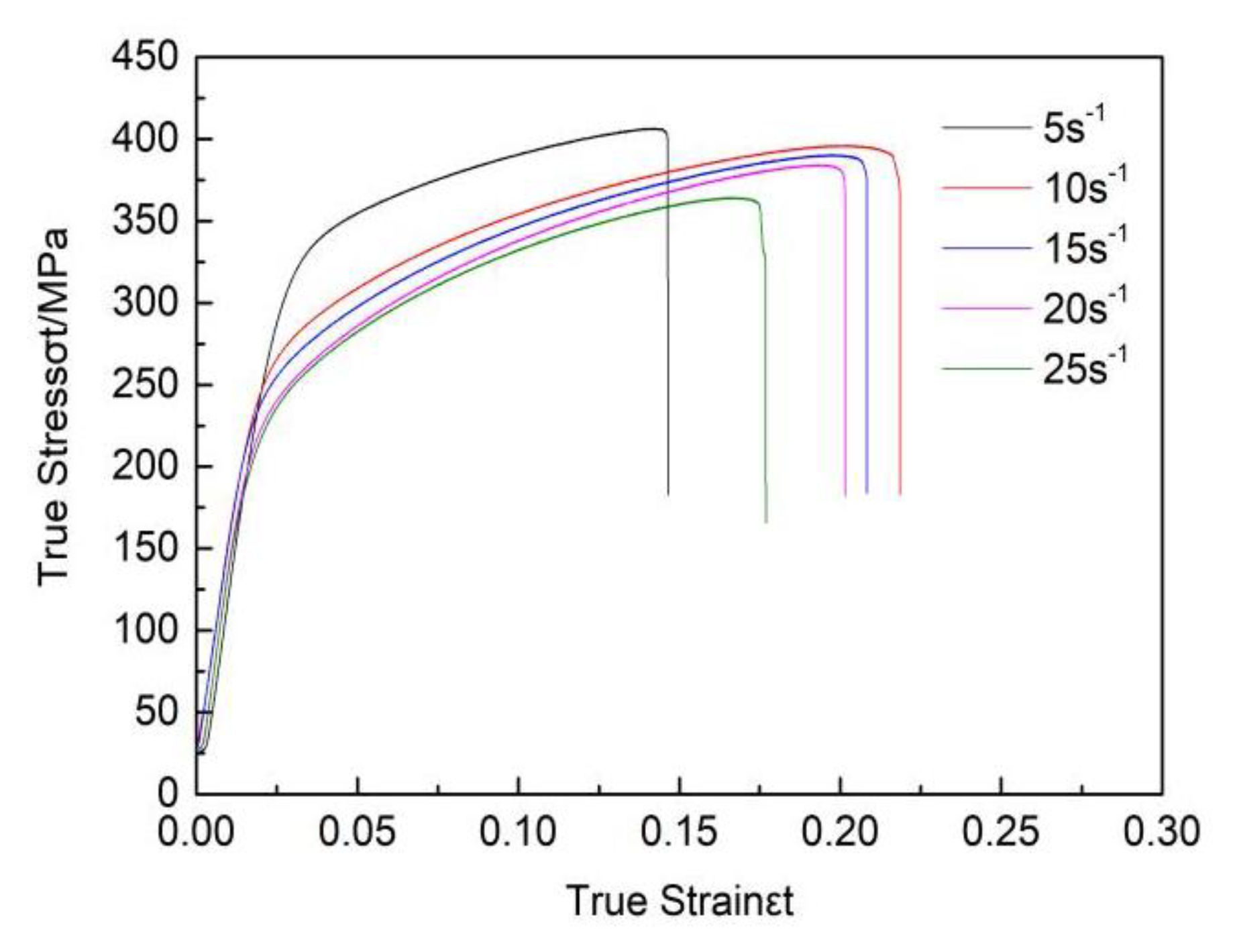
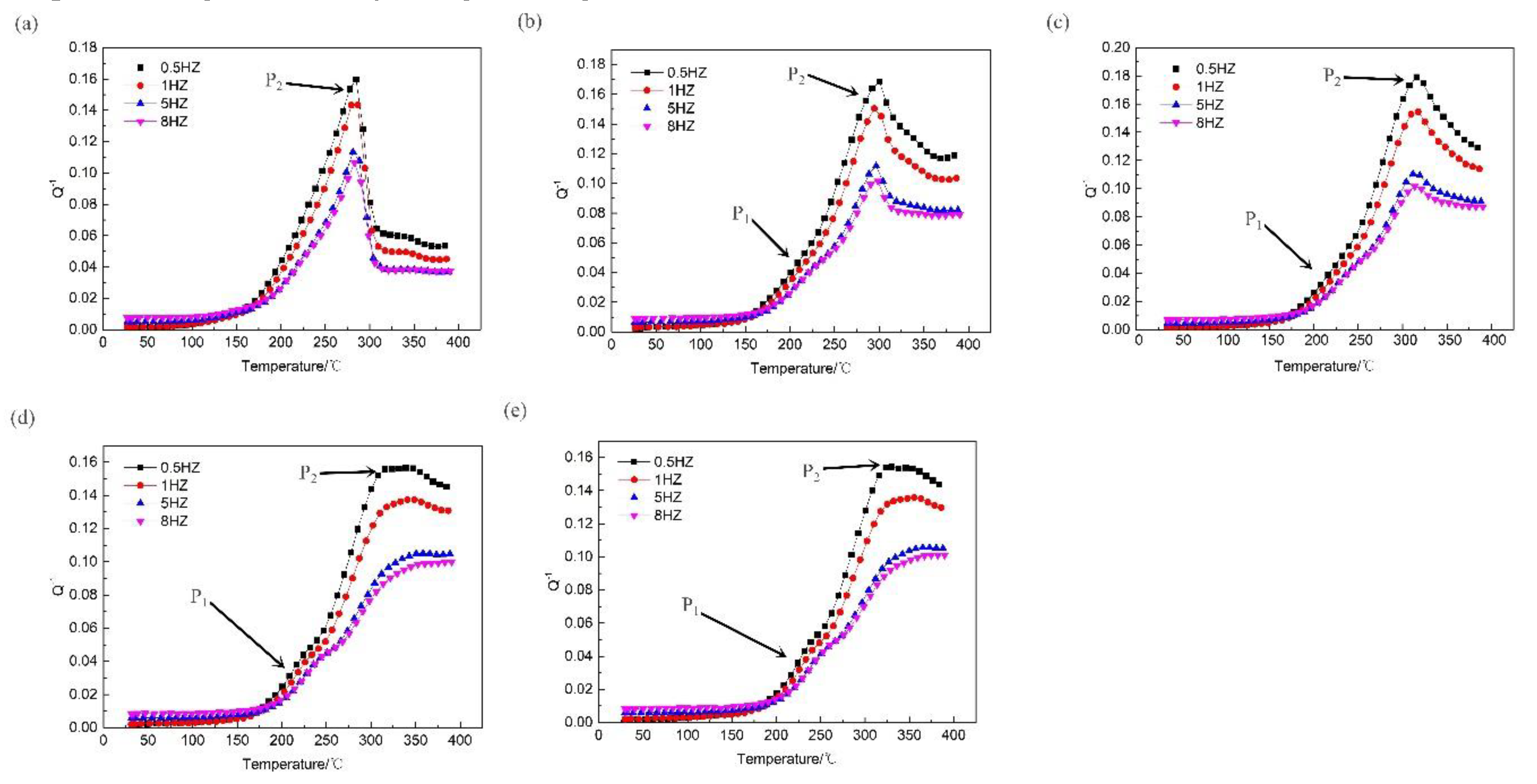
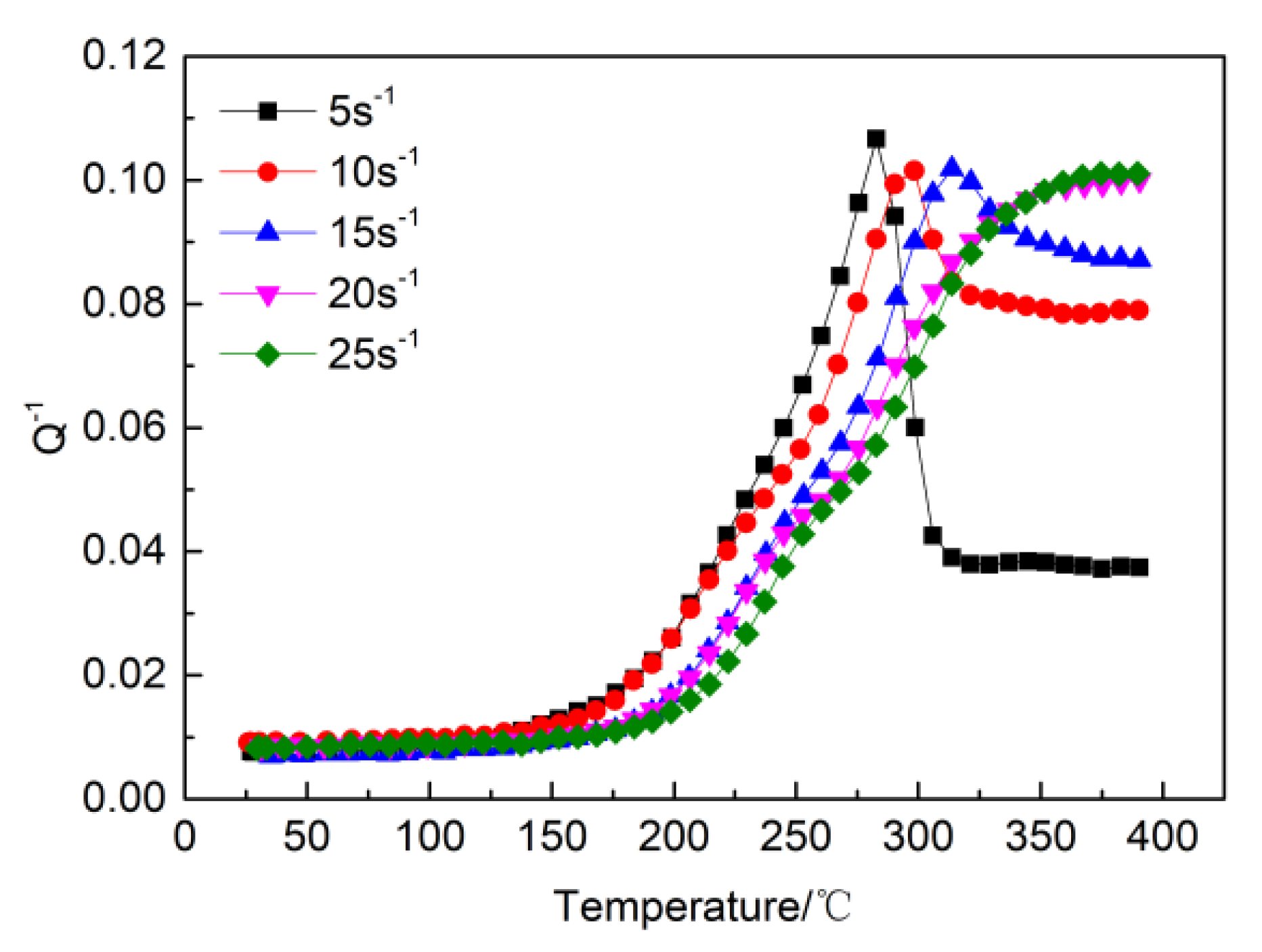
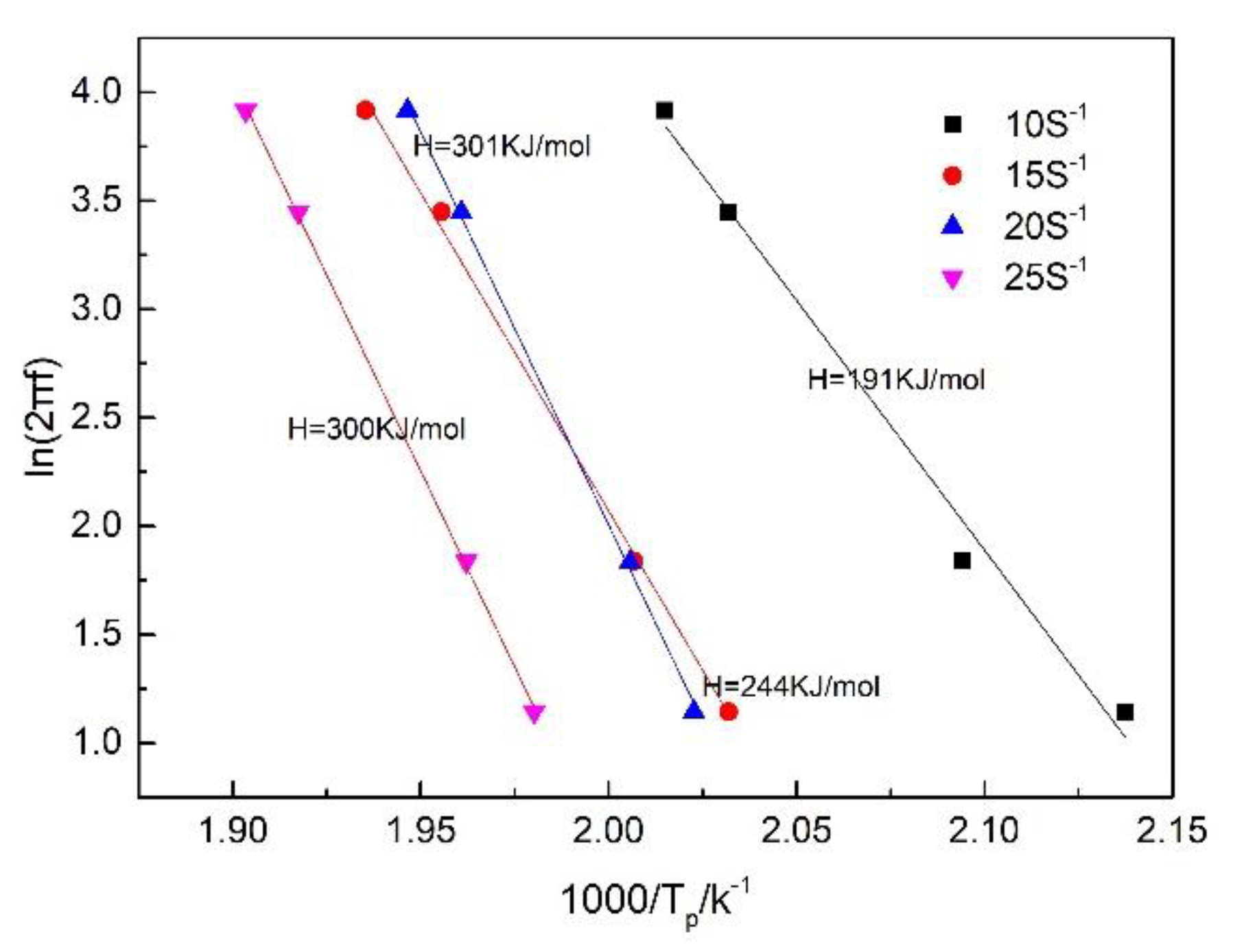
| Rolling Temperature (°C) | Rolling Thickness (mm) | Wheel Speed (mm/s) | Strain Rate (s−1) |
|---|---|---|---|
| 300 | 10–2 | 256 | 5 |
| 512 | 10 | ||
| 768 | 15 | ||
| 1024 | 20 | ||
| 1280 | 25 |
| Strain Rate (s−1) | Tensile Strength (MPa) | Elongation (%) |
|---|---|---|
| 5 | 355 | 12.4 |
| 10 | 329 | 20.7 |
| 15 | 324 | 17.3 |
| 20 | 319 | 16.8 |
| 25 | 310 | 15.1 |
© 2020 by the authors. Licensee MDPI, Basel, Switzerland. This article is an open access article distributed under the terms and conditions of the Creative Commons Attribution (CC BY) license (http://creativecommons.org/licenses/by/4.0/).
Share and Cite
Feng, X.; Sun, Y.; Lu, Y.; He, J.; Liu, X.; Wan, S. Effect of the Strain Rate on the Damping and Mechanical Properties of a ZK60 Magnesium Alloy. Materials 2020, 13, 2969. https://doi.org/10.3390/ma13132969
Feng X, Sun Y, Lu Y, He J, Liu X, Wan S. Effect of the Strain Rate on the Damping and Mechanical Properties of a ZK60 Magnesium Alloy. Materials. 2020; 13(13):2969. https://doi.org/10.3390/ma13132969
Chicago/Turabian StyleFeng, Xuhui, Youping Sun, Yuwei Lu, Jiangmei He, Xiao Liu, and Siyu Wan. 2020. "Effect of the Strain Rate on the Damping and Mechanical Properties of a ZK60 Magnesium Alloy" Materials 13, no. 13: 2969. https://doi.org/10.3390/ma13132969





